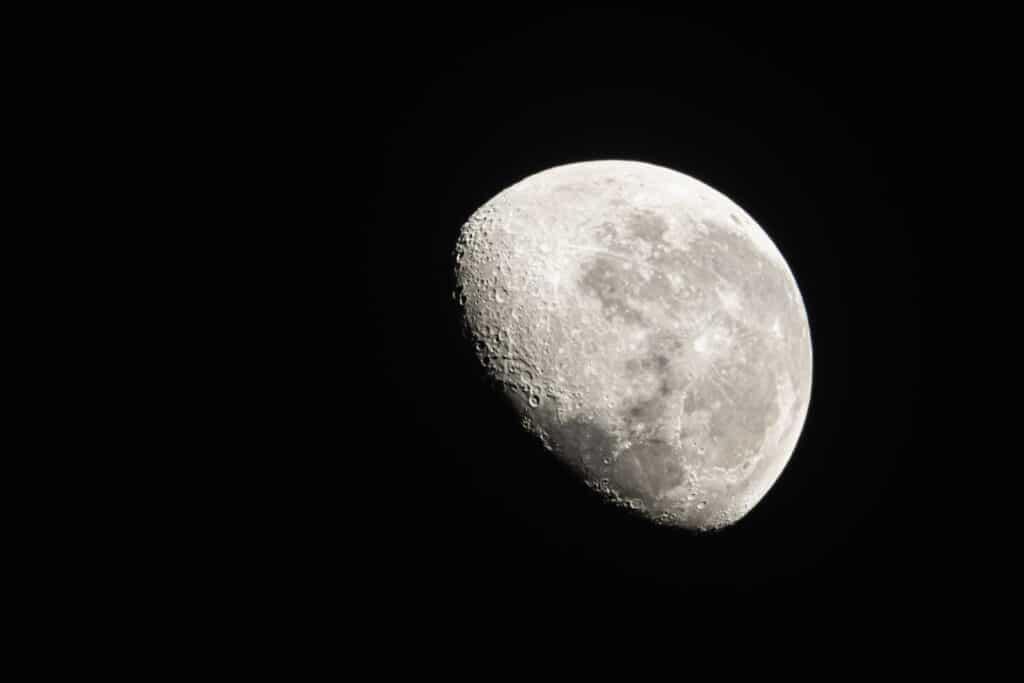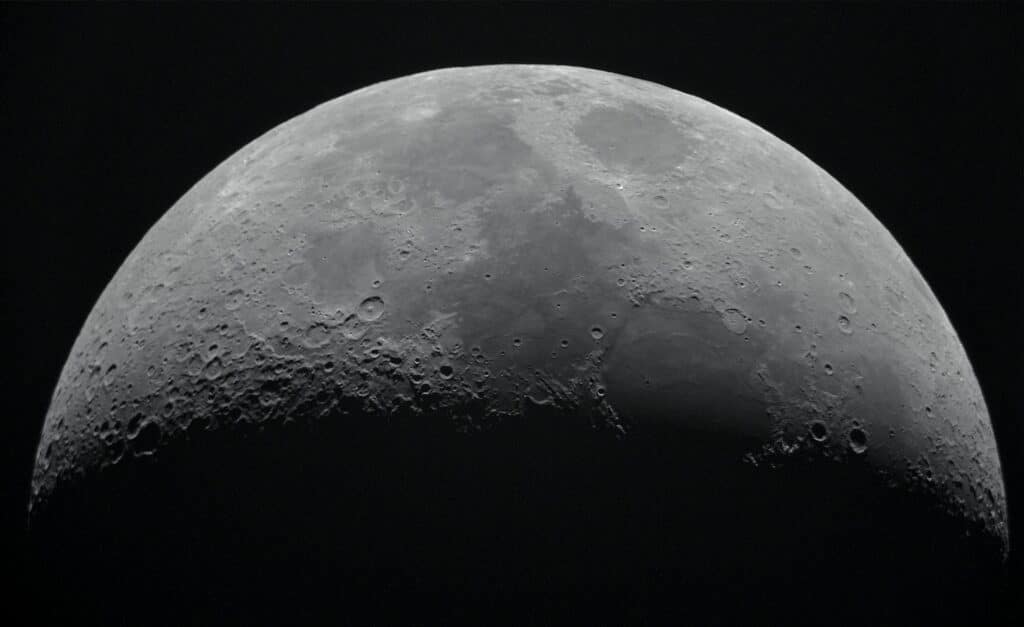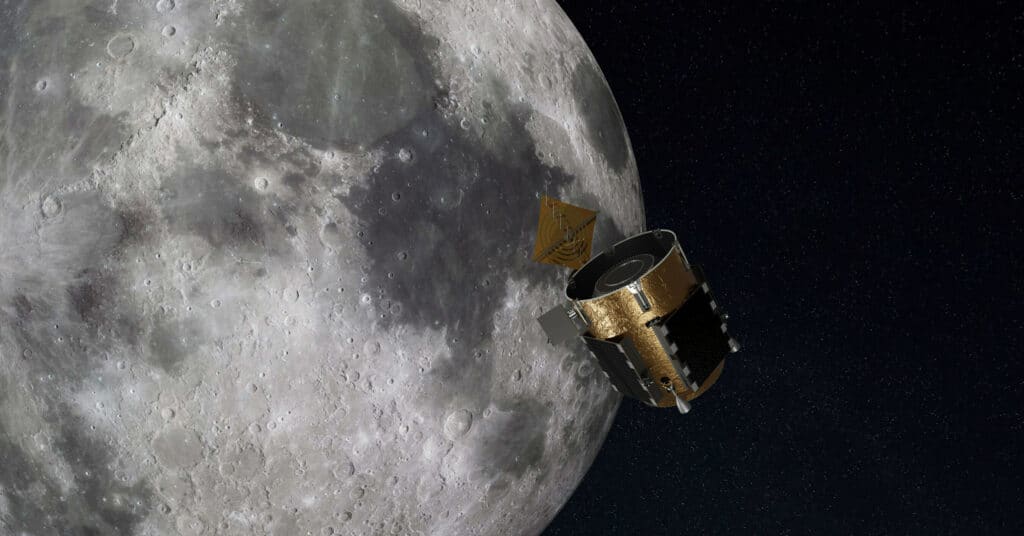Will the dark side of the moon finally come into focus? In an ambitious endeavor slated for 2026, scientists are gearing up to deploy an innovative radio telescope, dubbed LuSEE-Night, on the moon’s far side. This mission, bolstered by new funding from NASA, promises to shed light on the cosmos’s ancient past by capturing elusive radio waves, an endeavor that has remained a cosmologist’s dream until now.
The far side of the moon presents a unique vantage point, free from the Earth’s electromagnetic interference, offering an unparalleled opportunity to study the universe’s infancy. However, this location also poses significant challenges due to its harsh conditions and the difficulty in calibrating scientific instruments in such a remote environment.

Enter the state-of-the-art calibrator, a critical addition to the NASA-funded mission. This orbital marvel will ensure the LuSEE-Night telescope’s measurements are precise, paving the way for more advanced extraterrestrial telescopes in the future. Unlike traditional calibration methods that require moving the telescope or employing drones, this innovative approach utilizes a satellite in lunar orbit as a stable, reliable point source for calibration.
“The calibration service will be coming from a satellite in orbit. It is like the ultimate drone, an ideal point source,” says Anže Slosar, a physicist at the U.S. Department of Energy’s (DOE) Brookhaven National Laboratory and spokesperson for the LuSEE-Night science collaboration, in a media release. “You know exactly where it is; it is very stable and it is, for all practical purposes, infinitely far away — the same as real celestial sources.”
The satellite will emit a calibration signal that LuSEE-Night can detect, significantly enhancing the accuracy of the data collected.
This calibration method is crucial for measuring very faint, low-frequency radio waves, which are notoriously difficult to calibrate due to their susceptibility to interference and the technical limitations of radio astronomy. Achieving such a high level of precision — reducing uncertainty from 20 percent to about 1 percent — is a monumental step forward in the field.
The development and launch of the calibrator are part of NASA’s Commercial Lunar Payload Services (CLPS) initiative, which partners with private companies to conduct lunar missions cost-effectively. Firefly Aerospace, Inc., tasked with launching LuSEE-Night, will also build the new calibrator, marking a significant milestone in NASA’s engagement with the CLPS providers.

“The calibrator will be a sophisticated radiofrequency transmitter with a downward-looking antenna,” explains Paul O’Connor, a senior scientist in Brookhaven’s Instrumentation Division and LuSEE-Night Project Instrument Scientist. “It will be in lunar orbit and emit a calibration signal every time it rises above the horizon, and LuSEE-Night will pick the signal up. Because we will always know exactly where the calibrator is and its signal intensity, we will also know exactly how much space radiation is coming from each direction we are studying. This will enable us to understand the nuances of our instrument’s response, such as its sensitivity to polarization and how the incoming radiation interacts with the lunar regolith.”
As LuSEE-Night and its calibrator set off to the Moon, they carry the promise of unlocking cosmic mysteries and enhancing our understanding of the universe’s formation. This mission not only exemplifies the power of collaboration between agencies and the private sector but also marks a significant leap forward in our quest to explore the cosmos.












